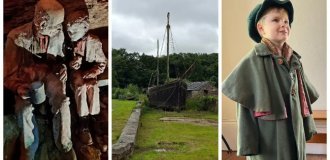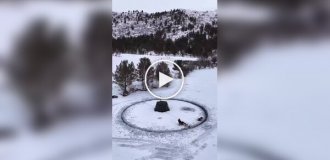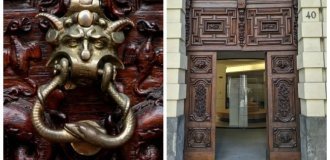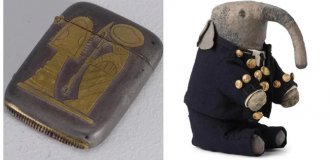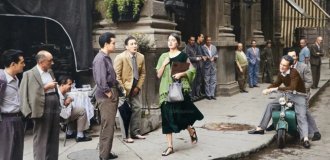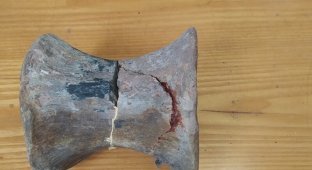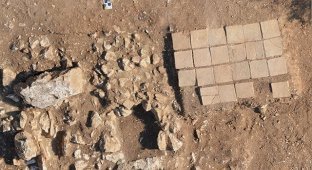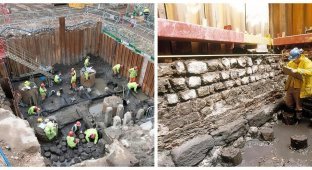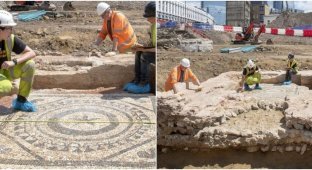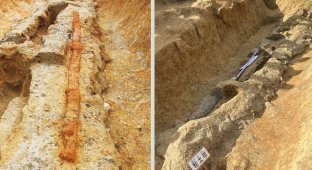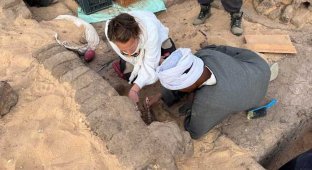An ancient Roman burial bed found in central London (9 photos)
British archaeologists have discovered for the first time a burial bed dating back to Ancient Rome. A piece of furniture about 2,000 years old was disassembled in the grave. 
Experts from the Museum of London Archaeology (MOLA) have made an important discovery in a Roman cemetery next to the Holborn Viaduct.
The bed was found along with five oak coffins.
Heather Knight, project manager, commented: “The preservation, especially of so much woodwork, has simply amazed us.” 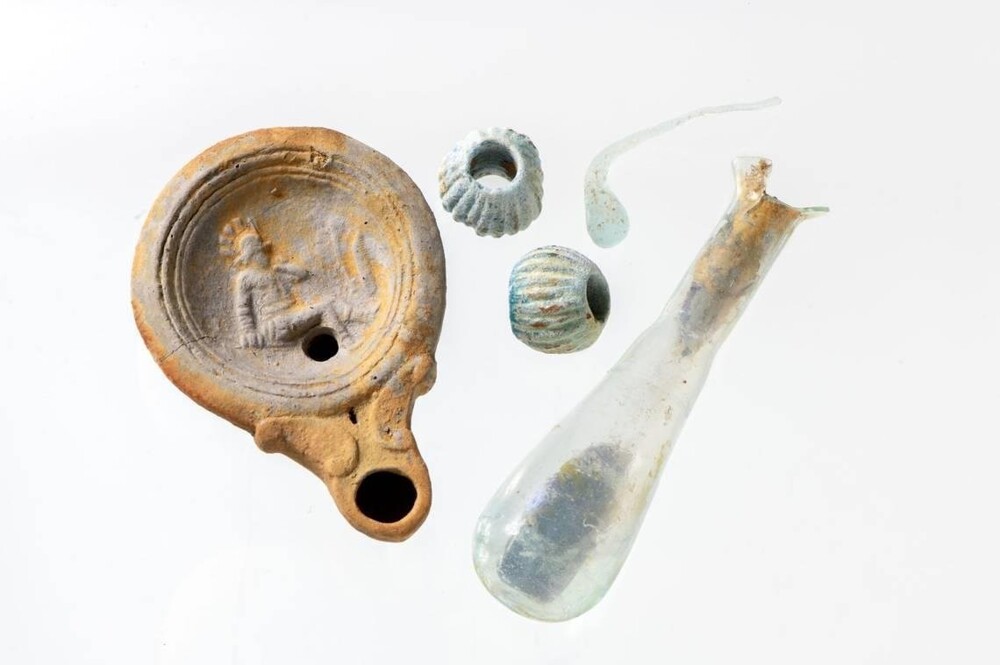
Lamp, beads and glass bottle
The bed is made of oak and has carved legs.
Archaeologists believe it was dismantled before being placed in the grave of a man who died in his 20s or 30s. 
Lamp depicting a dying gladiator
Roman tombstones often depict scenes of the dead sitting or lying on couches, eating as if they were alive.
This indicates that the bed was intended for the afterlife. 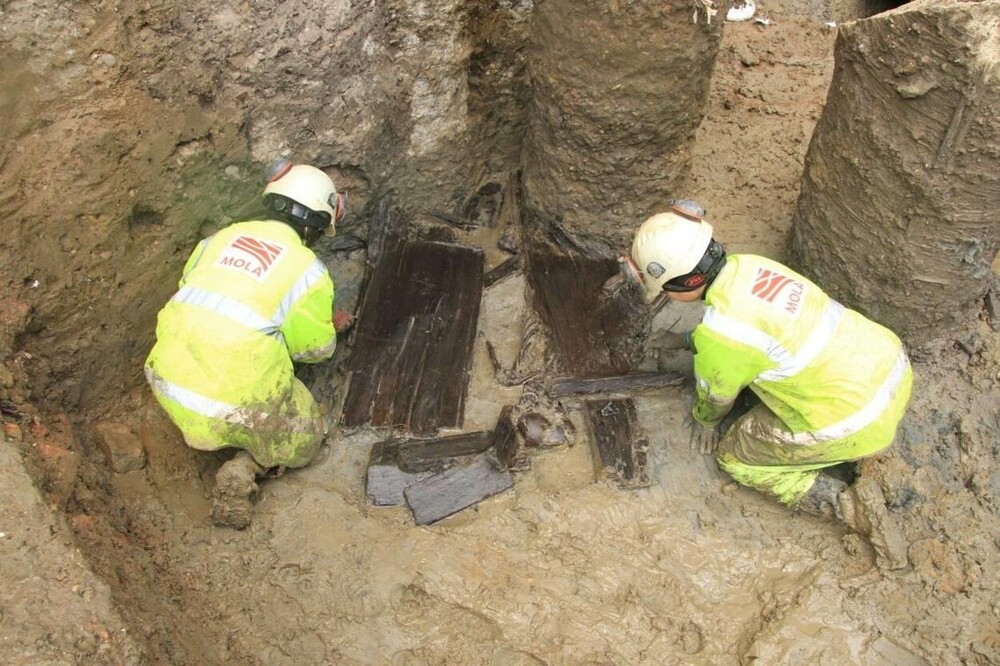
The Roman cemetery is located six meters below the Holborn Viaduct.
Michael Marshall, an artifact specialist at MOLA, said: "It was carefully dismantled and hidden away, as if for another life. We've never seen anything like it."
It is believed that the ritual of burial on the bed appeared after the adoption of Christianity.
Dignitaries were carried on beds in funeral processions, but until now there was no evidence that Romans were buried this way in Britain.
The lack of evidence is partly due to the fact that wooden artifacts are poorly preserved. 
An oak bed and coffin were found along with personal items including several glass beads, a bottle and a decorated lamp, which date from 48-80 AD.
During this time, the wood naturally decomposes, but thanks to the underground Fleet River, the artifacts were preserved. 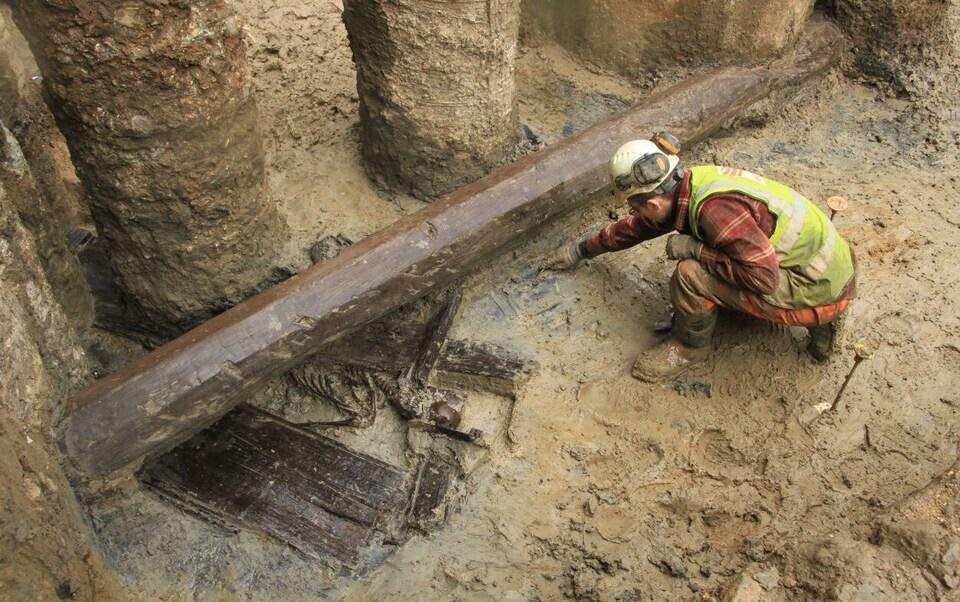
Researchers have discovered the remains of a 16th-century water pipe
The burial is located near the City of London. But during Roman rule this place was located outside the wall of the ancient city.
"We know that the Romans buried their dead along roads, outside city centres. So it is not surprising that we found burials at a site which in the Roman period was 170m west of the city walls and next to the main Watling road. street," Knight explained. 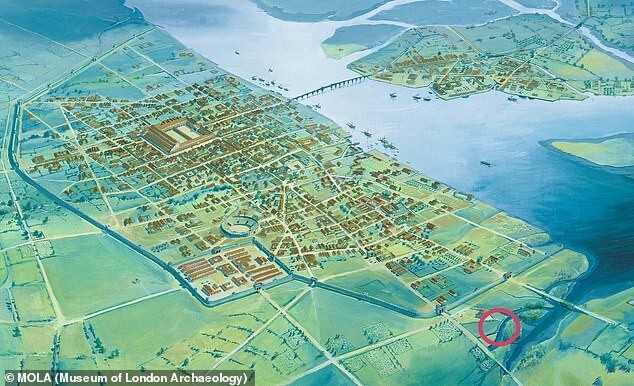
The Romans buried their dead outside the city and along the roads, so this place (circled in red) was a cemetery 
Archaeologists also discovered wood-lined wells dating back to the 13th century, which they believe were used in a tannery. 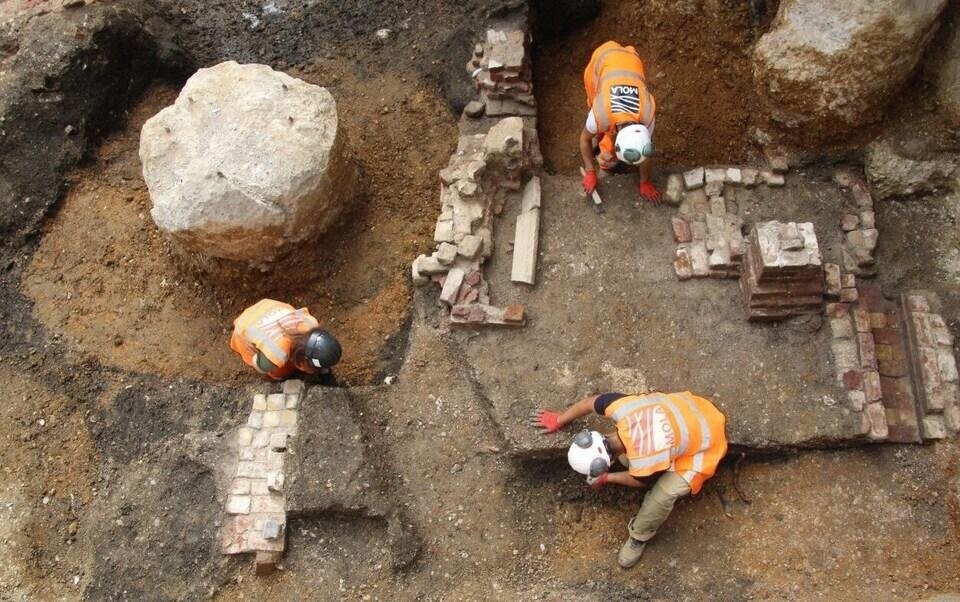
Foundations of several houses
Fragments of Roman buildings are everywhere - from underground parking lots to the basements of office buildings. The ruins of the Roman city of Londinium can still be seen beneath modern London.
Excavations showed that in the 16th century another cemetery appeared on the site of a Roman burial, and after a while houses were built there, shops and a pub were opened, and in the Victorian era - warehouses.
Soon luxury office buildings will be erected here, but for now archaeologists will continue excavations.
